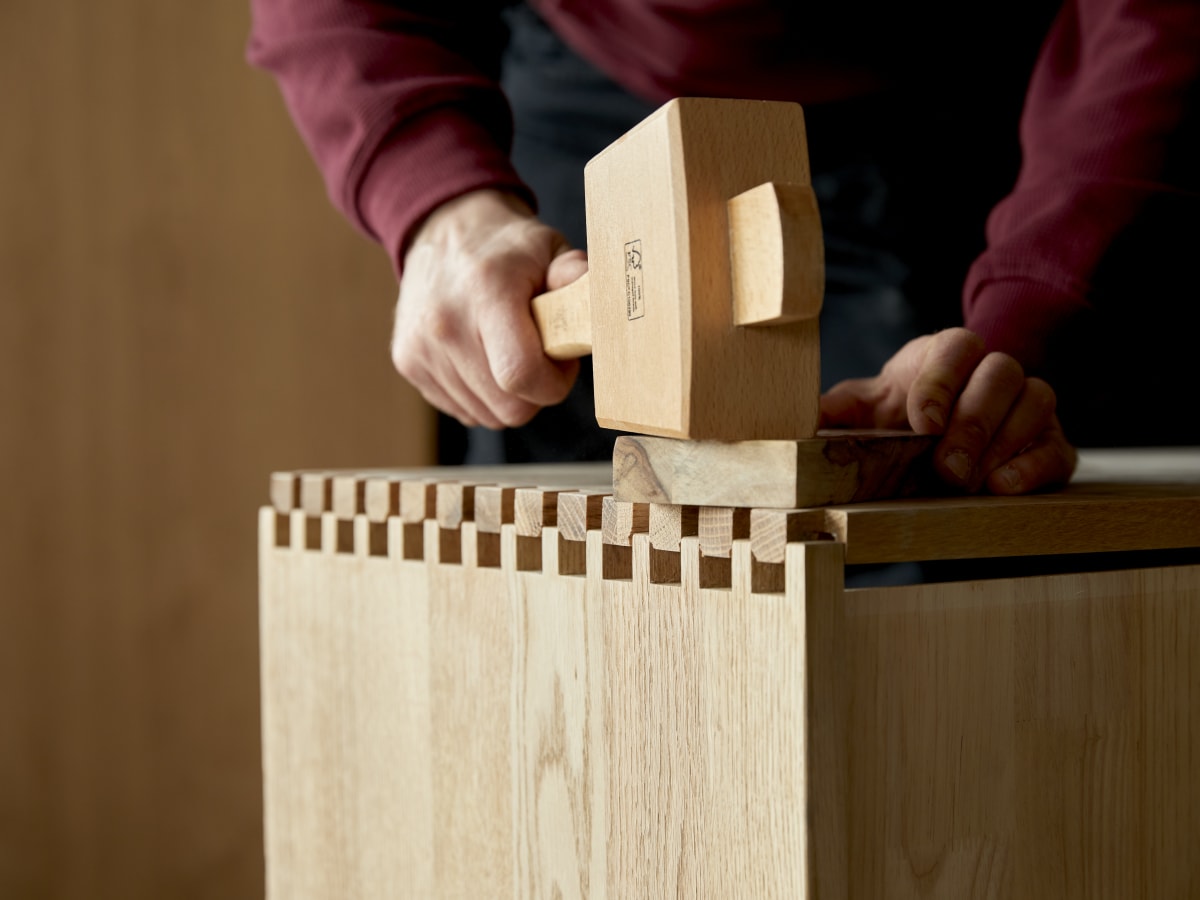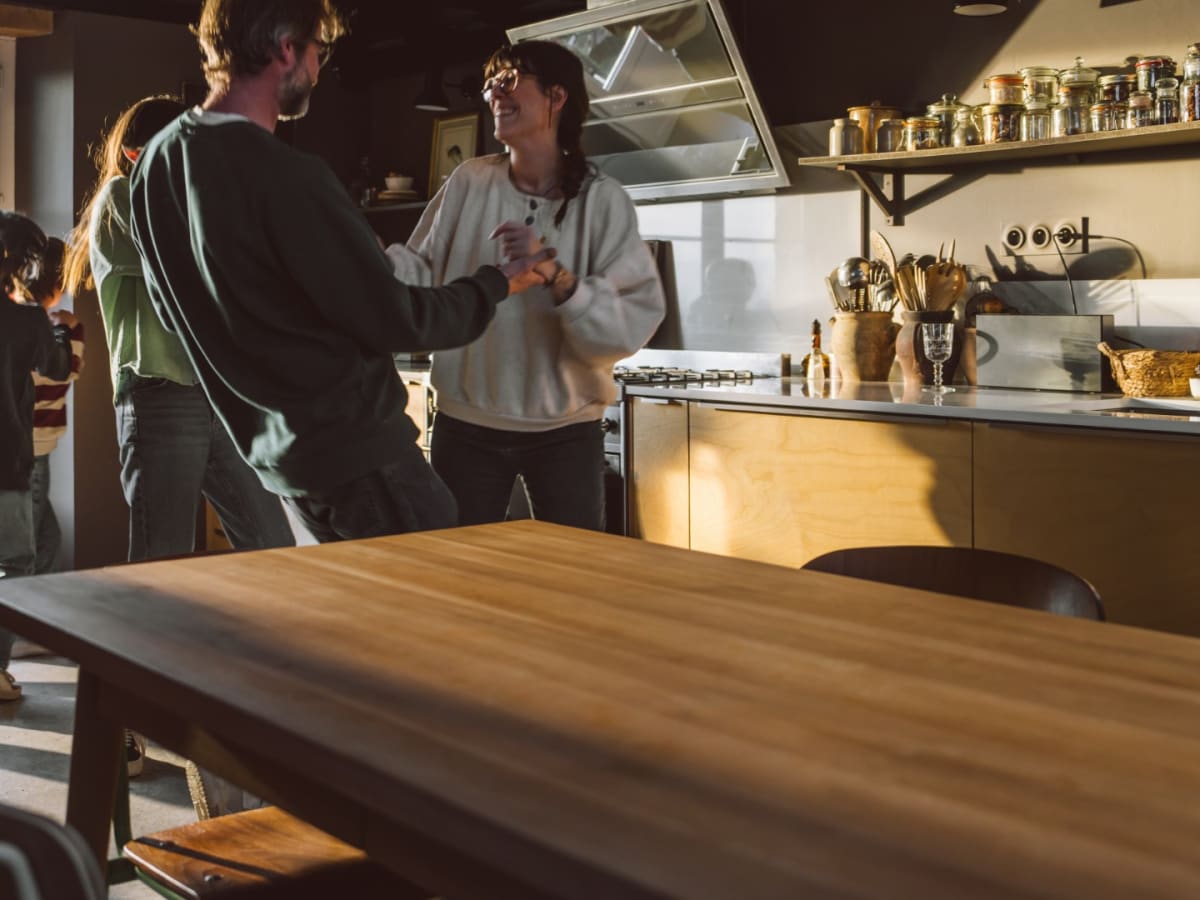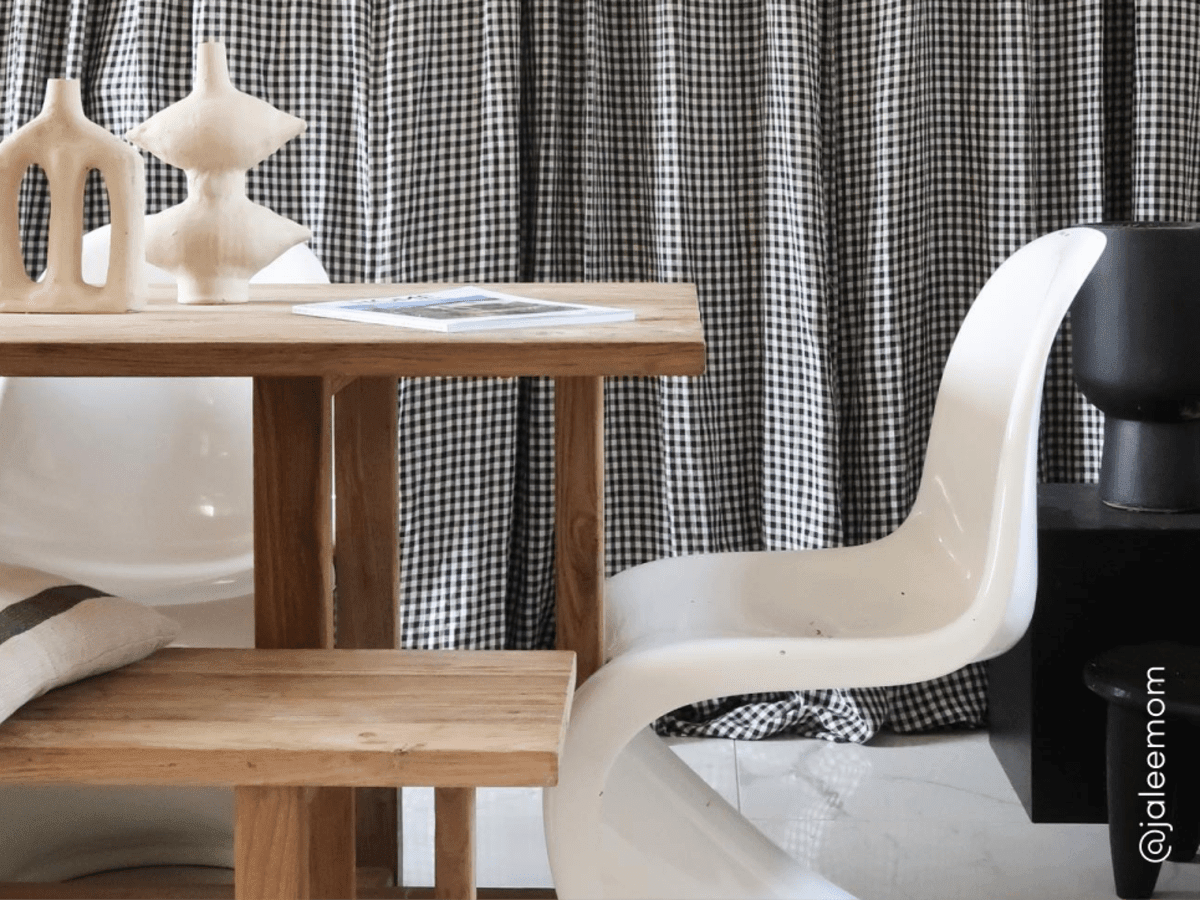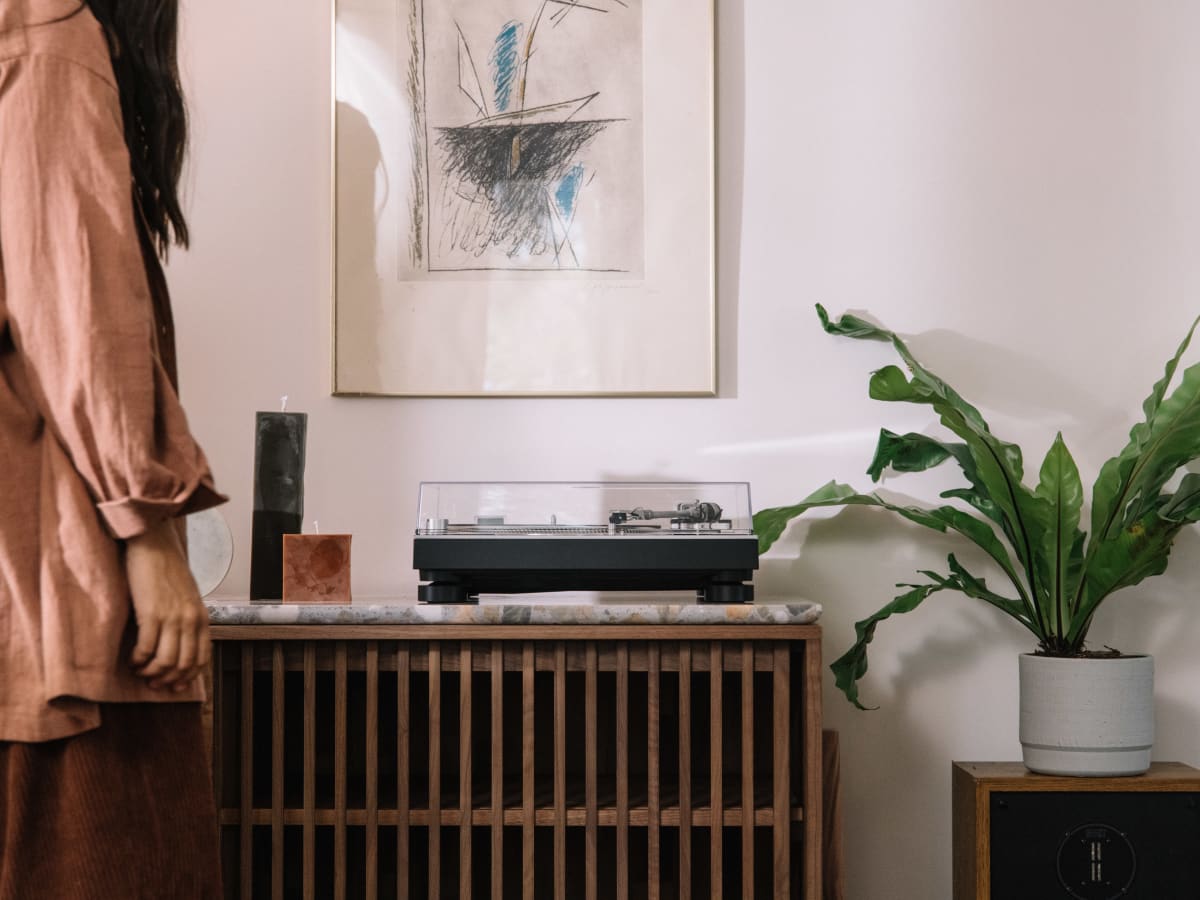Environmental responsibility
Measuring our impact

Our carbon footprint
Our Tikagreen strategy is grounded in scientific fact, starting with the calculation of our carbon footprint. A corporate carbon footprint measures the impact of a company’s activities on climate change, from employee travel to product end-of-life strategies. This analysis allows us to identify our highest carbon-emitting activities and prioritize our efforts.
In 2020, we carried out our first carbon assessment, covering all activities (SCOPE 1, 2 and 3) from 2019. With the support of Carbone 4, a consultancy specializing in energy and climate challenges, we put together a realistic strategy toward carbon neutrality — an objective we believe is entirely achievable.
The main component of our carbon footprint: manufacturing
75% — Manufacturing furniture
15% — Transporting products from the manufacturer
06% — Transporting products to you
04% — Other
Manufacturing our products accounts for 75% of our total carbon emissions, while transporting them from our suppliers to your homes makes up for over 20%. That's why we design our furniture to last a lifetime — and why we offer a two-year warranty to help care and repair your pieces.
Find out moreReducing our impact
Measuring our carbon footprint across our entire value chain has allowed us to pinpoint the main sources of emissions: manufacturing our products (including raw materials and energy) and transporting them to you. As a result, we've prioritized initiatives that focus on these two key areas.

Life Cycle Assessments (LCA) of our products
At Tikamoon, we go beyond measuring our carbon footprint by conducting comprehensive life cycle assessments (LCA) of our products.
These assessments measure the environmental impact of our products at every stage of their life cycle, in particular raw material production, furniture manufacturing, transportation and end-of-life.
Life cycle assessments not only help us understand our products' contributions to climate change (carbon emissions), but also examine other environmental impact, such as acidification, water and energy consumption, raw material use, and biodiversity effects. This approach considers multiple criteria, stages (all stages of the life cycle), and systems, including both the product and its packaging.
To promote transparency, we've decided to put the results of these assessments on our product pages so our customers can make informed choices.
We launched this project in 2021 with an initial selection of 80 products, chosen as a representative sample of our range.
As we continue this project in 2024, our goal is to complete life cycle assessments for our entire furniture collection.
Carrying out life cycle assessments also supports our commitment to eco-design for our products. To learn more about our eco-design approach, visit the “Eco-design” section on our Product page.

FRET21 commitments on transport
Transporting our products to customers represents the second largest source of carbon emissions in our company.
In 2020, we joined FRET 21, an initiative supported by ADEME and the Ministry of Ecological Transition. Through this program, we've committed to reducing our transport-related emissions both upstream and downstream.
Below, you will find the key areas we are focusing on:
- Choosing sustainable transport methods:
We prioritize multimodal transport. For example, to limit road transport, we use inland waterways between the port of arrival and our warehouse in Lille whenever possible.
Additionally, for downstream logistics we've introduced rail transport for our products where facilities allow.
- Optimizing truck load efficiency:
We use loose loading to optimize our truck load rates, reducing the number of trucks on the road and their associated carbon emissions.
- Collorating with carriers:
During our tender processes, we consider carriers with the "Objective CO2" label to ensure sustainable practices.
In 2023, these efforts paid off, leading to a 15% reduction in our transport-related carbon footprint (upstream and downstream).
We remain committed to achieving our goals and advocating for the development of multimodal transport: Read the article.












